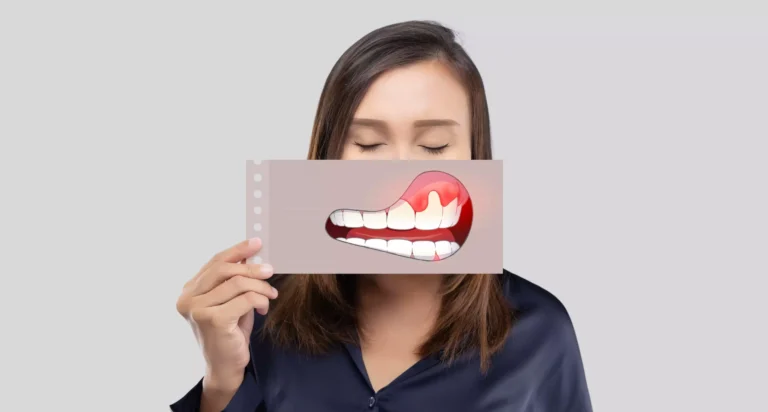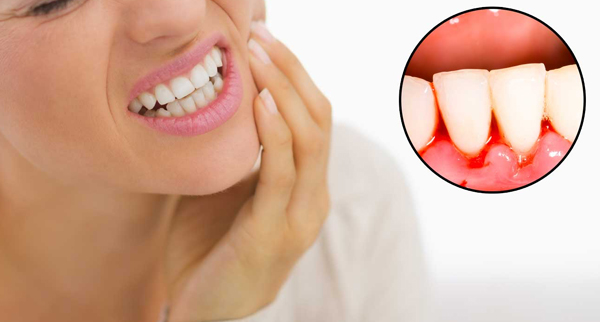Gum Disease – Blog
Does Tartar Cause Gum Diseases?
As a result of the sticking of the transparent and sticky layer, called the bacterial dental plaque, on the teeth and not cleaning it effectively for a long time, the surface called tartar is formed with the help of the saliva in the mouth. The tartar adheres to the tooth and prevents the dental plaque that accumulates on it again, this time from being removed by the person’s own brushing.
The tartar, which continues to accumulate in this way, penetrates into the gums with the effect of the secretions of bacteria and causes gingivitis.
Over time, it causes the fibers that the gum adheres to the tooth to break off, get damaged, and the harmful products extend beyond the gums and reach our alveolar bone. The harmful products produced by the bacteria extending to the alveolar bone cause the alveolar bone to melt and lose it. Over time, the roots of the teeth are exposed, the gingiva around the roots of the teeth is receded, the existing gingiva becomes red swollen and bleeds at the slightest touch. This process is accompanied by a constant bad breath, and if this is not treated, it will cause tooth loss after a while.

How to Prevent Gum Bleeding?
Gum bleeding is the most important symptom of gingivitis and it is possible to prevent it if it is in the initial stage. Brushing teeth twice a day in the morning and evening, using regular dental floss, and paying attention to tongue cleaning are very effective methods in preventing gingivitis.
In cases where oral and dental care is performed regularly, tartar problems may occur. This situation can be resolved with regular dental check-up. It is recommended to visit the dentist every six months and be checked. But it is definitely not right to leave the gums bleeding. The reason for 70% of tooth loss in adults is gingival diseases that start with gingival bleeding.
If gingivitis is not resolved in the short term, it will progress and reach the alveolar bone, where things are involved. The gingival pockets and the calculus accumulated there, and the bacteria around the calculus, and the harmful products produced by the bacteria, penetrate into the gingiva and then into the bone, causing bone loss. With bone loss, tooth roots are now visible in the mouth. In the future, the tooth is shaken and as a result, tooth loss occurs.

What happens if the bleeding gum is not treated?
Gum bleeding starts with a red swollen gum, progresses very quickly and penetrates into the gum. First, gingival recession, that is, gingival loss, is experienced until bone loss as a result of harmful bacterial secretions on this inflamed surface.
Bone loss results in the exposure of the tooth roots and, after a while, the loss of that tooth. All these events as a result of gingivitis, as well as bad breath affect the social life of the person, lead to a bad appearance and affect the self-confidence of the person.
It has negative consequences in many respects, and at the same time, bone loss resulting in tooth loss may prevent the dentist from making other interventions later on.
Is Bleeding Gums Normal During Pregnancy?
Gum bleeding during pregnancy is considered normal for many people, but this is not normal. Due to hormonal changes during pregnancy, it is normal for the gums to be redder, swollen and bleeding.
It is absolutely possible and necessary to prevent gum diseases with proper oral and dental care and dentist control. In addition, the fact that expectant mothers do not pay attention to their nutrition during pregnancy and turn to excessive carbohydrates and starchy products causes an increase in gum diseases. With regular nutrition, good oral and dental hygiene control, regular dentist control, the disease called pregnancy gingivitis can be prevented.

